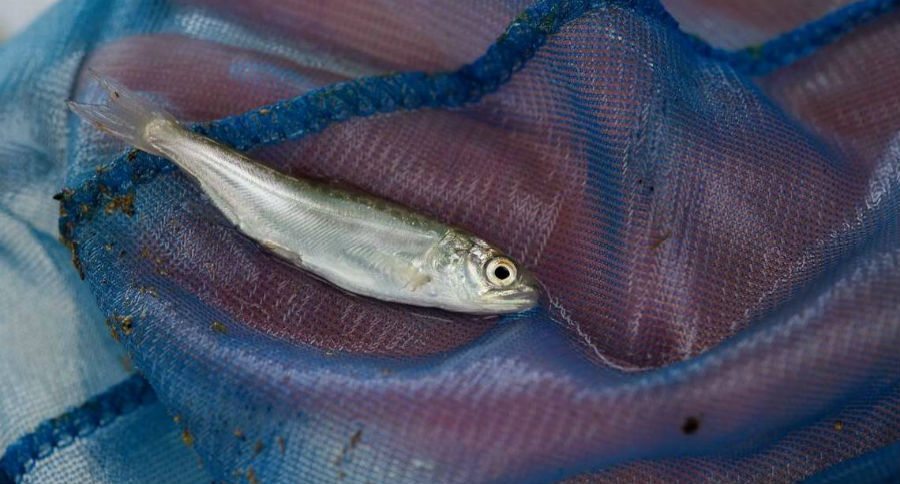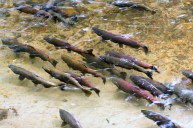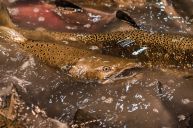The California DFW has lowered its earlier estimates of fish killed at its temporary fish hatchery, but the number is still significant.
The initial estimate of 300,000 dead fall-run Chinook salmon at California's Thermalito hatchery has been revised this week to an estimated 72,000 expired salmon. That's according to Department of Fish and Wildlife spokesman Harry Morse.
Morse indicated that after the cleanup following a failed pump that killed the 3- to 5-inch salmon, officials were able to get a better handle on the numbers of fish that were killed and that survived. Morse reported that there were about 1,000 pounds of dead fish and around 10,000 pounds of living fish still in the rearing pond.
Biologists had transferred approximately one million fish from the failed holding pond to tanker trucks, which gave them a more accurate idea about the ratio of dead to living fish.
Faulty wiring was blamed for the failure of the pump that shunted water into the holding pond where the young salmon were located.
The fish had been transferred to the Thermalito Facility following their emergency evacuation from the Feather River Hatchery in Oroville after the Oroville Dam crisis last February. The dam had developed a crater, which widened and resulted in spillway carrying debris downriver to the hatchery where it contaminated the water there.
As a result, the DFW scrambled to move the fish out of the hatchery and relocate them a few miles away at the Thermalito Facility.
It is yet unclear what these chinook salmon losses will mean to the commercial and recreational fishing seasons in the region, but it surely won't be good news. 72,000 dead fish is better than 300,000, but it is still a very significant number.
The surviving salmon from the failed pump incident were released into the San Pablo Bay last week. Since February's Oroville Dam crisis 3.6 million fall-run salmon have been reared at the Thermalito Facility.
Like what you see here? You can read more great articles by David Smith at his facebook page, Stumpjack Outdoors.
NEXT: HOW TO PRESERVE MOREL MUSHROOMS FOR GREAT EATING ALL YEAR ROUND




